风力发电机三维建模的设计(含PROE三维图)
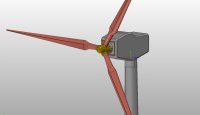
风力发电机三维建模的设计(含PROE三维图)(任务书,开题报告,论文说明书10000字,PROE三维图)
摘要
随着世界各国经济发展,能源匮乏的问题日益突出,风能作为一种清洁无污染的可再生能源。在人类目前所使用的各种能源中所占的比例越来越重。同时由于风能的开发过程不破坏环境,无污染,几乎取之不竭得优点,越来越多的国家和地区投入到风力发电的研究和风力发电机产业建设中来,近几年我国的风能发电业发展到一定的规模,但是我国关于风力发电技术的研究落后于世界各国,尤其是风力发电机的关键技术。本课题主要研究了垂直式风力发电机。对发电机的原理进行了简单的阐述,设计了发电机的尺寸。并且利用Pro/E软件来建立风力发电机的三维模型。
关键词:风力发电机;垂直式;三维建模
Wind Turbine Three Dimensional Modeling
Abstract
With the development of economy all over the world, the problem of short of energy is increasingly outstanding. The wind energy is a kind of clean renewable energy, free from pollution. The proportion of the wind energy to the other energy is more and more bigger in use currently. At the same time because the advantage of the wind energy, such as free from pollution, nearly exhaustless, more and more nations and regions throw in the research and the industry construction of the wind power. The industry of the wind energy develops to a certain scale in China last few years, but China gets behind the international community concerning the technical research of wind power, especially the key technique of the wind turbine. The blades, the key part of the wind turbine, are studied in this article. This paper mainly studies the vertical axis wind turbine generator. The principle of the generator was introduced, the design of the generator size. Using Pro/E software to build three dimensional model of wind turbine
[资料来源:https://www.doc163.com]
Keyword:wind driven generator, vertical type. Three-dimensional modeling
[资料来源:Doc163.com]
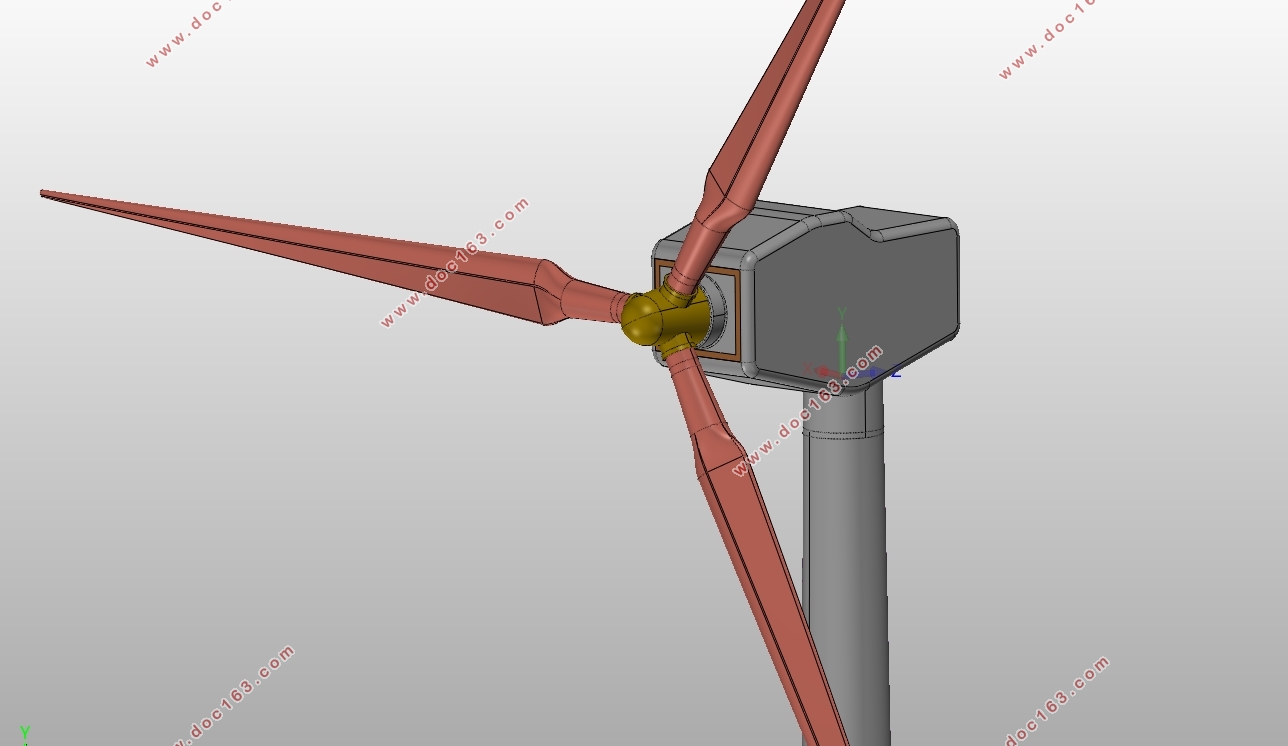
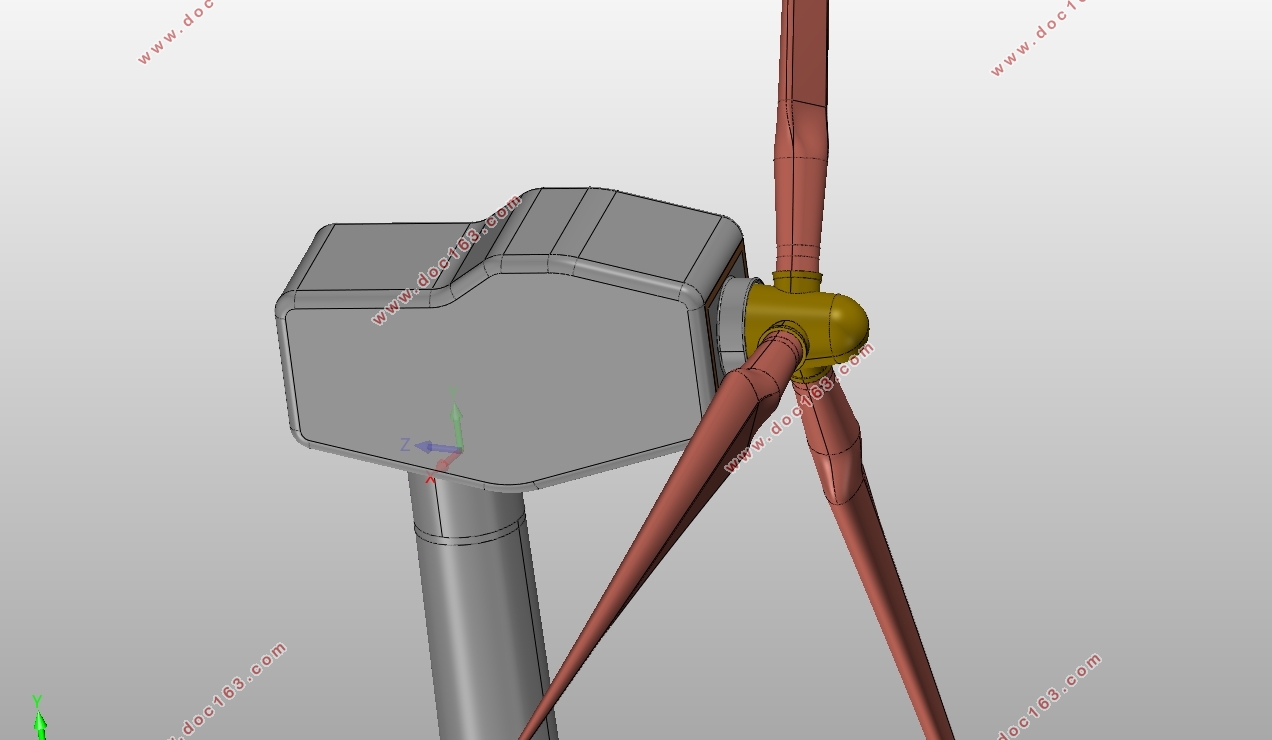
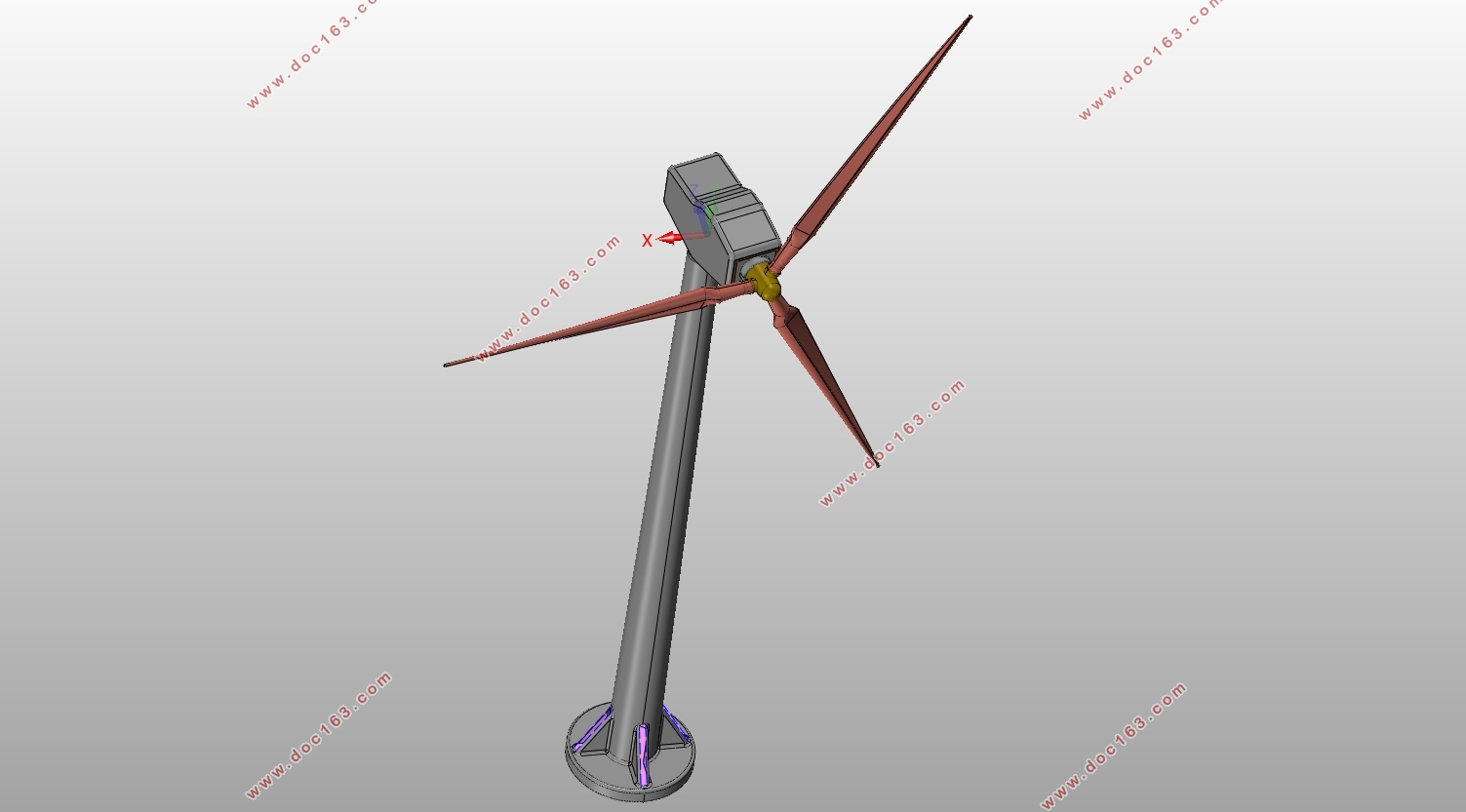
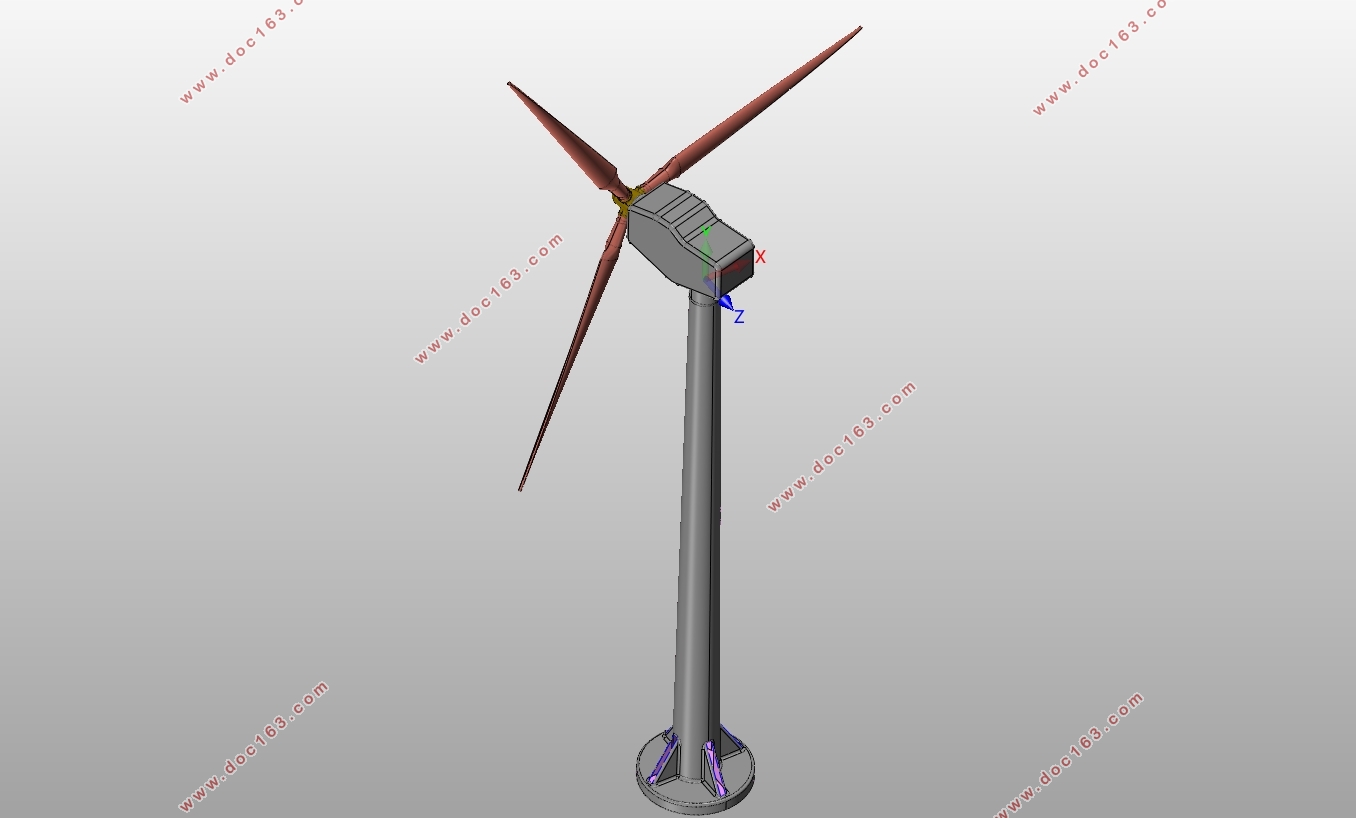

[资料来源:Doc163.com]
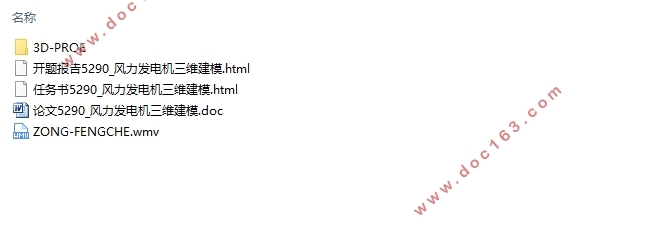
目录
摘要 I
Abstract II
第一章 绪 论 1
1.1 本课题的研究背景 1
1.2 国外的风力发电技术发展状况 1
1.3 国内风力发电技术的发展状况 3
1.4 本课题目的及主要任务 3
1.5风力发电机的分类 4
1.5.1 水平轴式风力机 4
1.5.2 垂直轴风轮机 5
1.6 风力发电机的结构 5
1.6.1 风轮 6
1.6.2 机舱及其安全部件 7
1.6.3 塔架与基础 8
第二章 风力发电机的理论与设计 10
2.1 风力发电机的理论 10
2.1.1贝茨理论 10 [资料来源:http://Doc163.com]
2.1.2 葛劳渥旋涡理论 11
2.1.4 动量理论 12
2.2 风力发电机的设计 13
2.2.1 叶片的重要参数 13
2.2.2 叶片计算 14
第三章 风力发电机的三维建模 16
3.1 叶片的三维建模 16
3.1.1 风轮直径确定 16
3.1.3 翼型的选择 16
3.1.4 各翼型断面弦长及安装角 18
3.1.5 叶片各剖面翼型空间坐标 19
3.1.6 叶片三维模型生成 20
3.2 风力发电机整体三维模型 21
3.2.1 塔架设计 22
3.2.2 机舱设计 22
3.2.2 装配 22
3.2.3 运动仿真 23
第四章 结论与展望 27
参考文献 28
致 谢 30 [来源:http://Doc163.com]
下一篇:1250吨/小时桥式抓斗卸船机梯形架设计(含CAD图)
